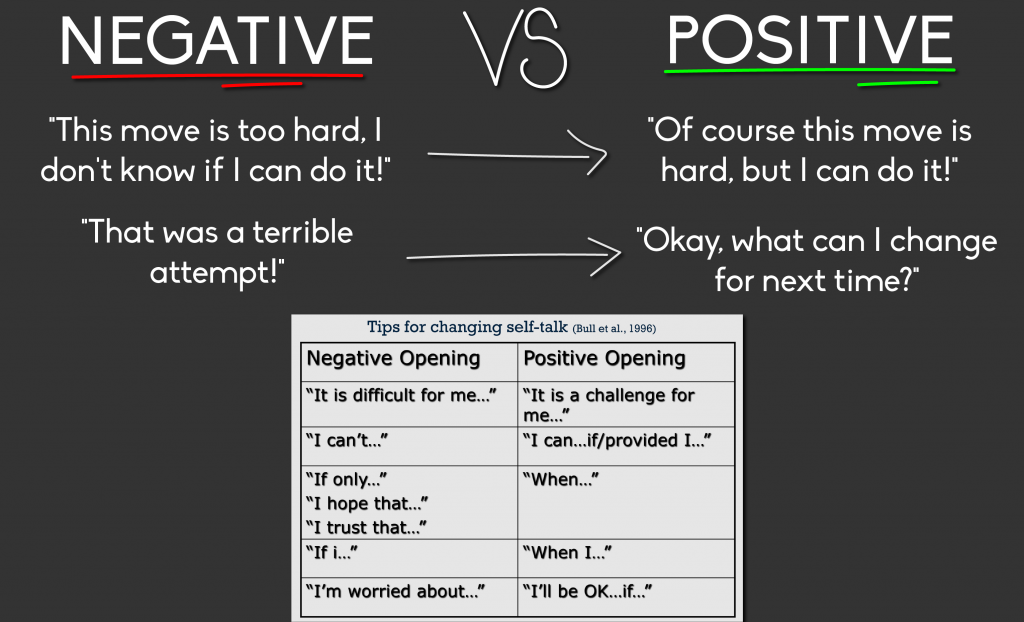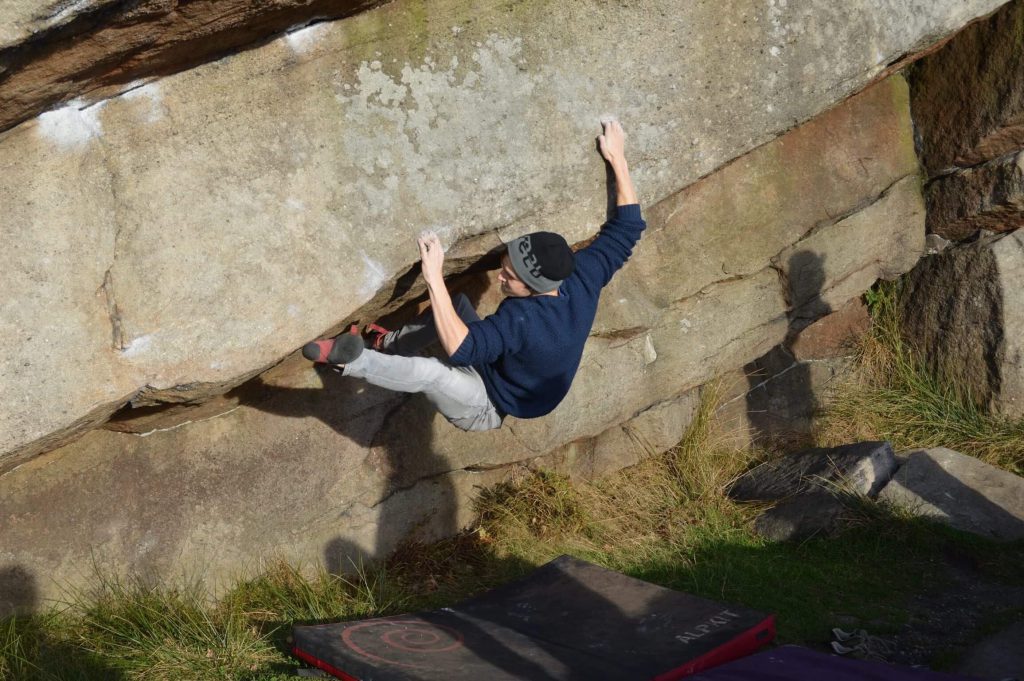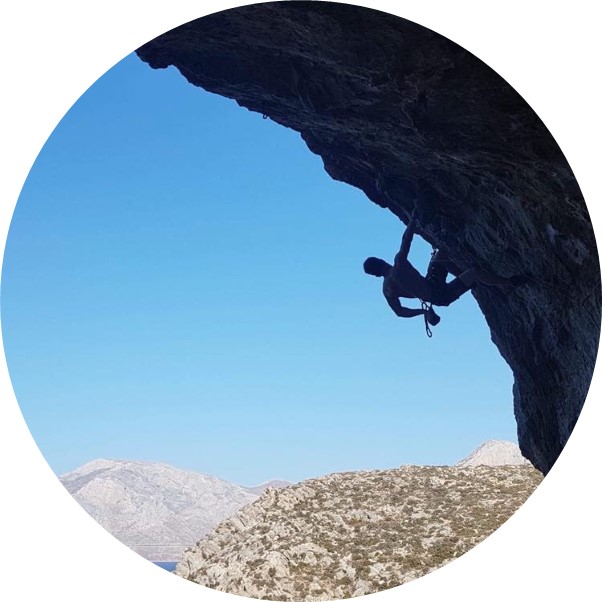Training Tips for Climbers: Positive Self-Talk
This is a term that you might have heard being thrown around at the crag, gym, or something a fellow climber may have mentioned to you. Particularly if you suffer from performance anxiety or fear of falling. However, it can be a hard strategy to implement if you do not know what it is or how to use it.
Self-talk can be broken down into two types; self-statements and thought content (the internal dialogue). These can come across positive (you can do this move), instructional (focus on your foot) or negative (that was a rubbish attempt).
To achieve our best performances, we want positive self-statements and thought content. To encourage positive self-statements, it is worth writing down a list of self-statements that you can use before pulling onto a climb or performing an exercise.

To help you create this list consider the following:
#1. Positivity – It is important that the statement is positive, or you will not be able to commit 100% to the situation.
#2. The use of metaphors – Metaphors are a powerful tool which we can use to symbolise a feeling or emotion. A couple of examples I use are: ‘Fingers of steel’ before each max hang attempt or ‘My legs are like elastic bands’ before I complete a dyno.

#3. Situation specific – Make sure the self-statement is specific to the task. There is no point telling yourself you are as strong as an ox before pulling onto a delicate slab. Instead, you could use ‘I will climb this slab with the precision of a surgeon’.

Finally, we can use thought stopping to convert negative thought content to positive thought content. Refer to the chart at the beginning of the article to find tips for changing self-talk and examples of changing self-talk






